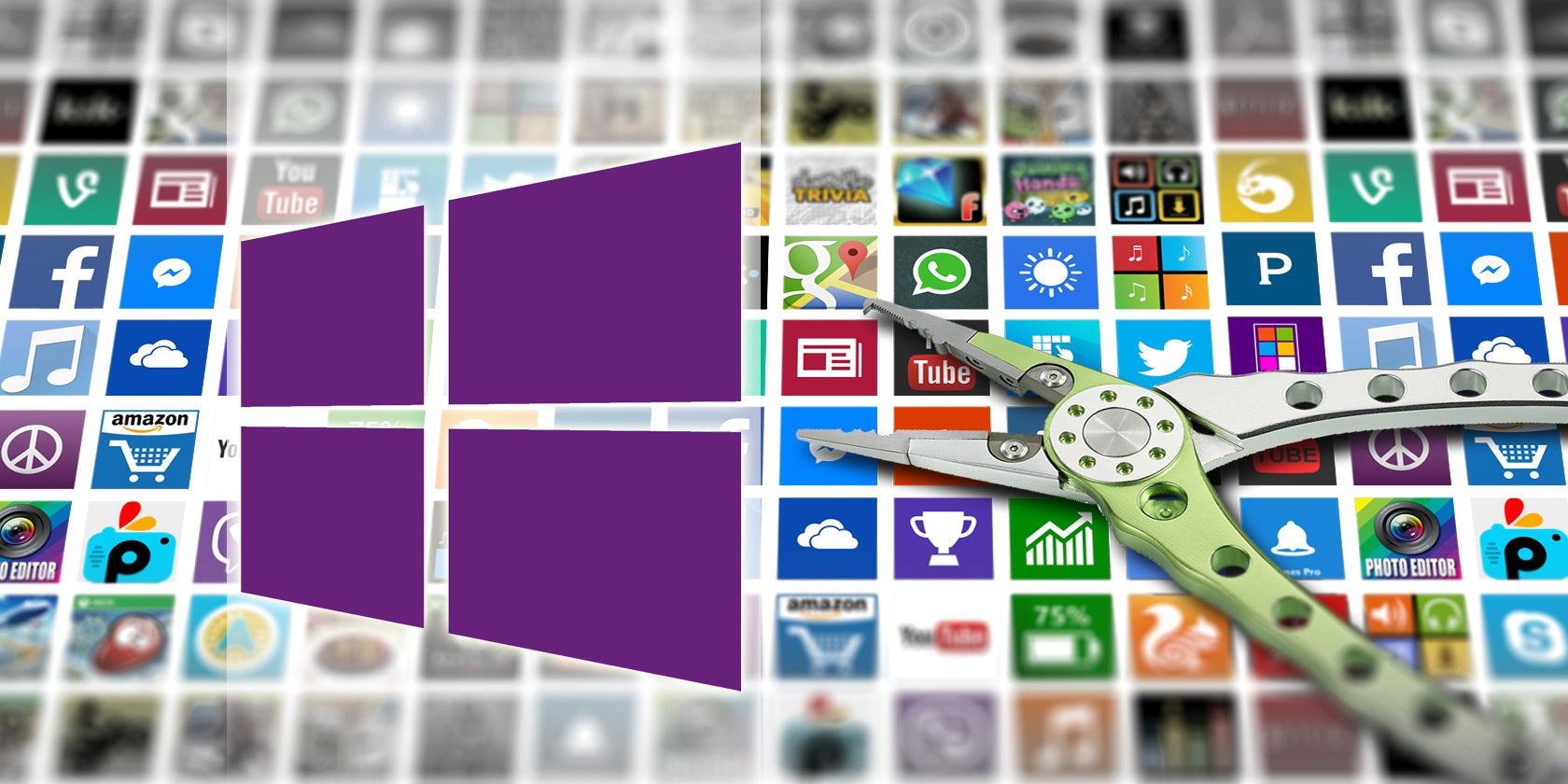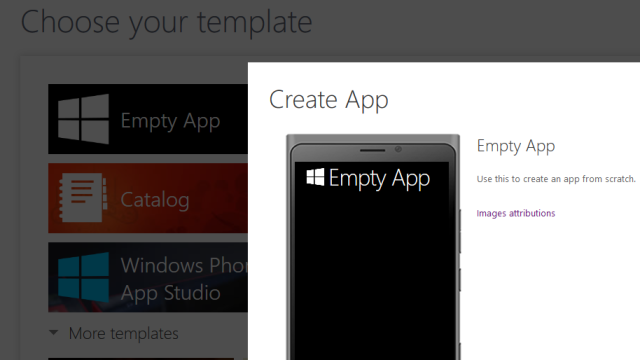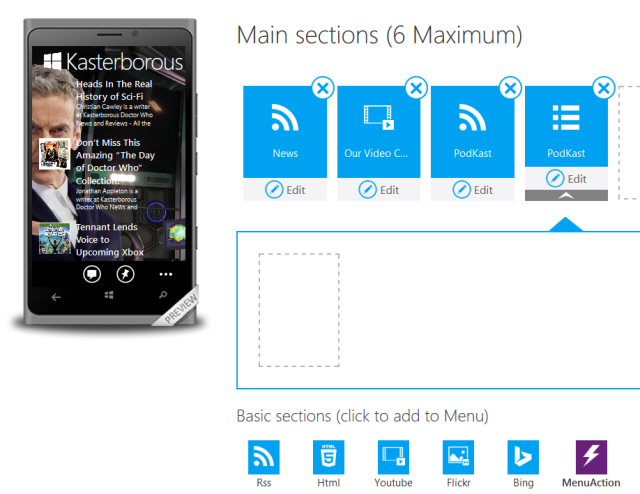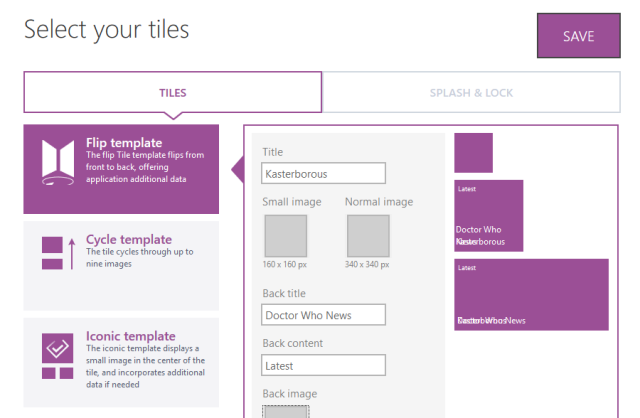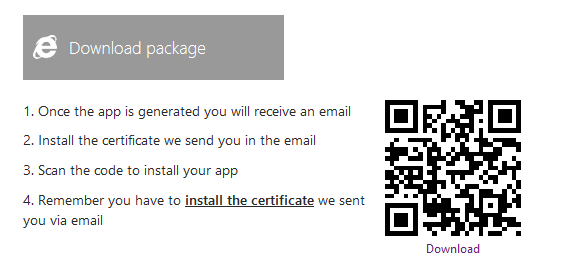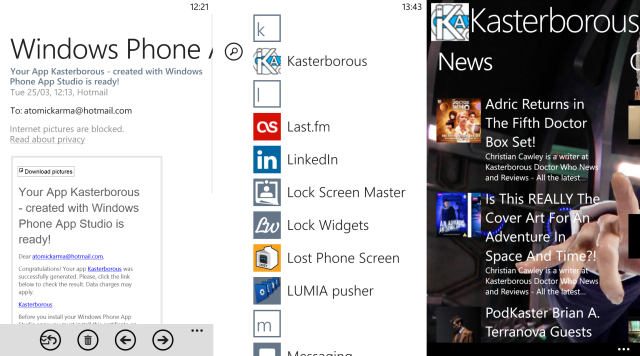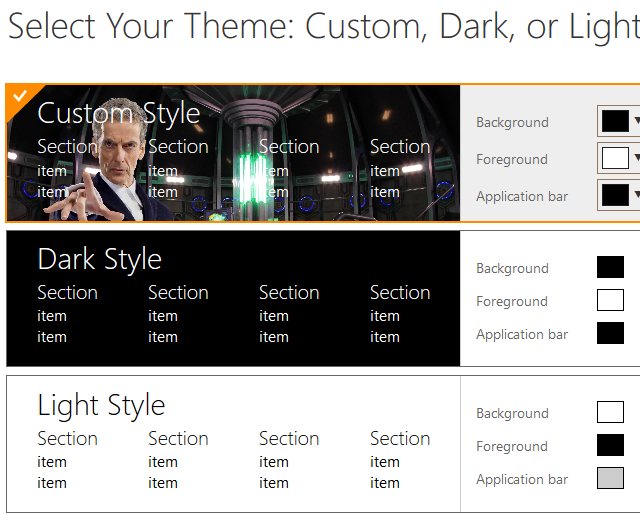App development on Windows Phone has been restricted to those with knowledge of programming – until now. With Windows Phone App Studio you can create your own apps – but what, exactly, can you do with them?
The Old Way Of Making Windows Phone Apps
Since 2010, Windows Phone apps have been developed with Microsoft's application framework Silverlight using various development studio apps. Design of apps required an underlying appreciation of the design language (initially labelled "Metro", but now more commonly referred to as Modern) and tailoring to the available APIs. As Windows Phone 7 begat Windows Phone 7.5 and 7.8, and a comprehensive revision in Windows Phone 8, so the development tools were enhanced and evolved.
However, it remains difficult to develop an app, especially if you have little or no programming experience.
Windows Phone App Studio is a web-based tool that attempts to change that. But does it?
Setting Up Windows Phone App Studio
A web-based tool, Windows Phone App Studio, requires a Microsoft account for use. Simply head to appstudio.windowsphone.com and click +Start new project to get started. There's a video of an attractive go-getting single mom blogger developing her app on the left-hand side of the page, included below, giving you an idea of how simple the process is.
After signing in, you will need to grant permission to the web app to access your Outlook inbox for sharing purposes.
In the following screen, confirm your name and email address are entered correctly, agree to the Windows Phone App Studio Agreement and click Register.
Creating Your Windows Phone App
The Windows Phone App Studio tool is web-based, enabling you to create an app using assets like RSS feeds and YouTube channels. Once done, you can install it on your phone.
Get started by choosing a template. There are several on offer covering all manner of app types, such as "My Favourite Band", or "My Menu". Templates include background images, colour settings for text, etc. You can also choose the blank option (labelled Windows Phone App Studio), and customise your settings and background image.
In the following screen, RSS feeds, HTML 5 content, YouTube and Flickr feeds and even a Bing search can be added. These basic content types can be individually configured with differing layout types.
In addition, Menu and Collection, advanced sections designed to aid navigation and enable user-entered data to be stored in the app.
As you proceed through Windows Phone App Studio, click Save so you don't lose your progress. On the way, you can specify background images for Start screen tiles – which can be set to flip or scroll – tweak the theme, set an app icon and even preview the app as your changes are applied live.
When you're done, head to Publish Info. Here you can provide a description for your app, specify the correct language and decide whether to include an about page. With this enabled, you can share the app.
Including Images In Your App?
Various images can be included in the app, either as a background (a wide image, somewhere in the area of 2000x1280px) or as tiles (160x160px, 340x340px). There is also requirement for an app logo, 100x100px.
Images should be saved as PNG files and be under 500kb when uploaded.
Finishing Off The App
There is also an option to enable an ad client, an option that requires you to set up the necessary ad block in Microsoft Visual Studio. You would only do this, of course, if you were intending to make money from the advert once listed on the Windows Phone Store.
When your app is completed, Save, and then Finish. You'll be ready to build the app, a process that will create an installable package that you can install onto your phone to test, an XAP file that can be uploaded to the Windows Phone Store, and source code to be edited in Visual Studio.
After clicking Generate, the app will be created (compatible with Windows Phone 8 and the soon-to-be-released Windows Phone 8.1 if necessary), and an email sent to your Windows Phone, with an attached security certificate that you must install. A QR Code is displayed in the Windows Phone App Studio, which enables installation of your app!
Listing Your App
Although you can create your app for personal use – and should at first in order to iron out any problems and investigate ways in which it can be improved – you will probably be interested in making it available in the Windows Phone Store.
For this to happen, you will first need to register for a developer account. Uploading apps to the store requires payment of $19 for an individual or $99 for a company. This may sound a lot, but it does enable you to publish 100 apps per 12 month period. Tax information will also need to be included if you plan to charge a fee for the app or receive payment for advertising blocks.
Basic Building Blocks, Big Possibilities
There are a couple of downsides with the tool. It has no guided help, with assistance provided only by reading another web page. Creation of apps is also limited, and the tiles don't provide live information.
It also isn't clear when you sign up that uploading the app to the Windows Phone Store isn't possible without registering a dev account and paying a fee. This is slightly unfortunate on Microsoft's account, but the single user fee is low enough for this to not cause too many problems.
The biggest problem is perhaps the amount of time it takes to generate the app. Presumably Microsoft is looking into ways to improve this, but my three page app (pictured throughout this article, based around my Doctor Who website www.kasterborous.com) took around 30 minutes to build.
If you're interested in app development but don't have the coding ability to do yourself justice, Windows Phone App Studio is a very good place to start. At the very least, you'll get an appreciation of how the apps work, something that can help a new developer considerably.

